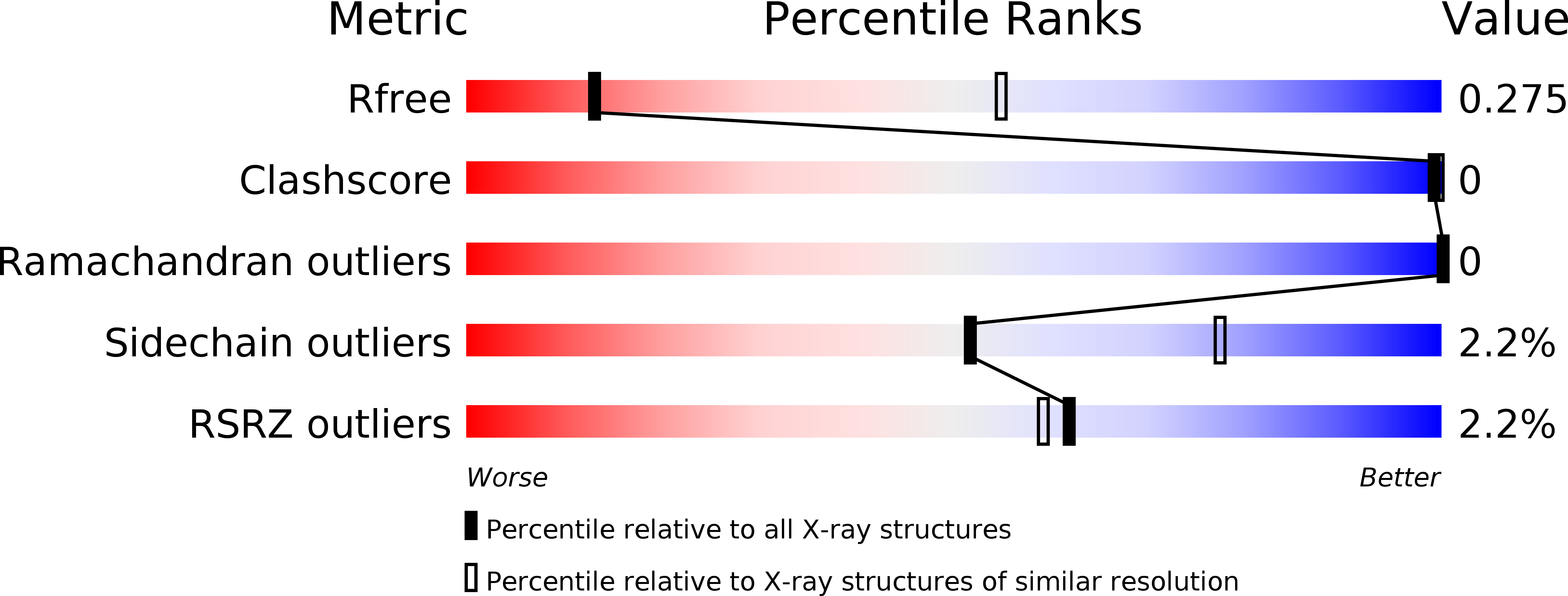
Deposition Date
2015-10-14
Release Date
2015-12-09
Last Version Date
2023-09-27
Entry Detail
PDB ID:
5E8I
Keywords:
Title:
Crystal structure of the DNA binding domain of human transcription factor FLI1 in complex with a 10-mer DNA ACCGGAAGTG
Biological Source:
Source Organism:
Homo sapiens (Taxon ID: 9606)
Endothia gyrosa (Taxon ID: 40263)
Endothia gyrosa (Taxon ID: 40263)
Host Organism:
Method Details:
Experimental Method:
Resolution:
3.45 Å
R-Value Free:
0.27
R-Value Work:
0.22
R-Value Observed:
0.22
Space Group:
P 31 2 1


